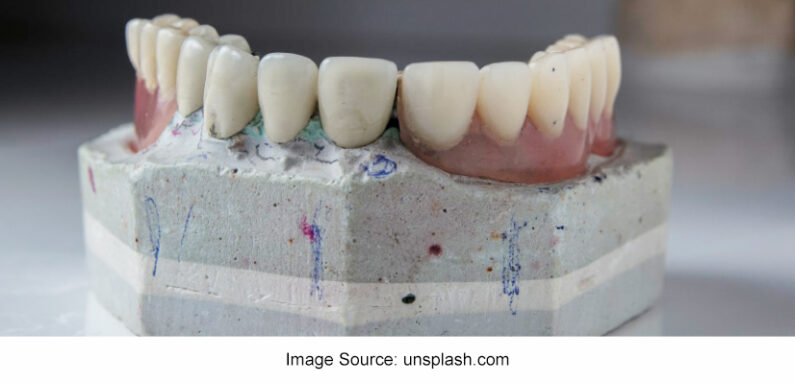
Many symptoms indicate the fact that you have some root canal issues. The endodontic issues include persistent toothache, swelling due to infection, and tooth discoloration. The endodontist diagnoses the number of root canals that need to be treated. The tooth decay and root canal issues can be defined well in x-ray photos. If we ignore the root canal issues, we can lose a tooth and damage the nearby teeth. In this post, we will explain the different types of endodontic therapy in detail.
Traditional root canal treatment
According to a dentist performing root canal in Newmarket at Leslie North Dental, the general dentist creates a hole in the root canal, cleaning and removing the nerves, infected tissues, and inflamed parts. After cleaning, he uses temporary cement so the pup section is partially sealed and protected. The endodontist cannot leave the hole open since there is a high risk of infection and other damage to the structure of the teeth. A few days later, the endodontist cleared the area of temporary cement and refilled it with dental fillings. It worth mentioning that Leslie North Dental is listed on Dentistry Near Me as a top dentistry in Newmarket.
Single-visit root canal therapy
As a professional dentist in Newmarket says, this endodontic treatment is performed in a single visit. This method has specific techniques, materials, and pieces of equipment. So, the endodontist specialist assesses the root canal, clears the area of infected tissue and nerves, and seals the root canal and pulp chambers with a dental filling all in one session. This method is not practical for an extensively infected tooth.
Root Canal Retreatment
This type of treatment is for the teeth that are treated once but need to be treated again as a matter of time. Generally, a treated tooth is more prone to root canal issues. However, dental fillings are very resistant and safe, but they are not as strong as the natural tooth pulp and the enamel as a protective layer. A crack opens a way for cavities and bacteria to reach the root canal. The root canal retreatment addresses the areas not cleaned in the previous procedure.
Apicoectomy
The apicoectomy or root-end resection involves a surgical procedure. The endodontist specialist performs the apicoectomy when traditional root canal therapy or retreatment is not the solution. The dentist cleans the end of the root from infected nerves and fills the root canal to prevent further damage. This method has a high success rate.
Pulpotomy
In contrast with the traditional root canal therapy, in which the tooth pulp is complete, in the pulpotomy method, the root canal specialist removes the pulp partially. This method is excessively used in pediatric dentistry to treat baby teeth. Keeping the healthy pulp and removing the infected parts is essential. The root canal specialist may use a crown for the treated tooth, for the pulpotomy can weaken the tooth pulp at some points.
These techniques and methods are performed based on the patient’s condition and the extent of the issue. You can consult your root canal specialist to see which of the above techniques is the best for you. The endodontist will provide a plan and appointments to treat all root canal issues.

